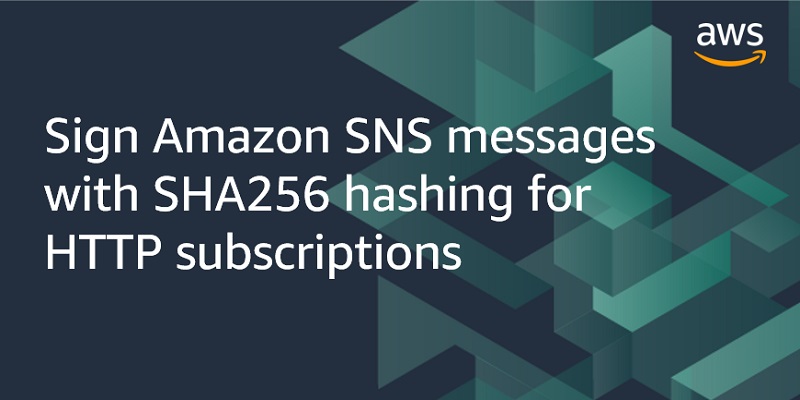AWS Security Blog
Category: Amazon Simple Notification Service (SNS)
How to use AWS Transfer Family and GuardDuty for malware protection
Organizations often need to securely share files with external parties over the internet. Allowing public access to a file transfer server exposes the organization to potential threats, such as malware-infected files uploaded by threat actors or inadvertently by genuine users. To mitigate this risk, companies can take steps to help make sure that files received […]
Improve security incident response times by using AWS Service Catalog to decentralize security notifications
Many organizations continuously receive security-related findings that highlight resources that aren’t configured according to the organization’s security policies. The findings can come from threat detection services like Amazon GuardDuty, or from cloud security posture management (CSPM) services like AWS Security Hub, or other sources. An important question to ask is: How, and how soon, are […]
Mask and redact sensitive data published to Amazon SNS using managed and custom data identifiers
Today, we’re announcing a new capability for Amazon Simple Notification Service (Amazon SNS) message data protection. In this post, we show you how you can use this new capability to create custom data identifiers to detect and protect domain-specific sensitive data, such as your company’s employee IDs. Previously, you could only use managed data identifiers […]
Sign Amazon SNS messages with SHA256 hashing for HTTP subscriptions
Amazon Simple Notification Service (Amazon SNS) now supports message signatures based on Secure Hash Algorithm 256 (SHA256) hashing. Amazon SNS signs the messages that are delivered from your Amazon SNS topic so that subscribed HTTP endpoints can verify the authenticity of the messages. In this blog post, we will show you how to enable message […]
Securing messages published to Amazon SNS with AWS PrivateLink
Amazon Simple Notification Service (SNS) now supports VPC Endpoints (VPCE) via AWS PrivateLink. You can use VPC Endpoints to privately publish messages to SNS topics, from an Amazon Virtual Private Cloud (VPC), without traversing the public internet. When you use AWS PrivateLink, you don’t need to set up an Internet Gateway (IGW), Network Address Translation […]
How to Receive Alerts When Specific APIs Are Called by Using AWS CloudTrail, Amazon SNS, and AWS Lambda
Let’s face it—not all APIs were created equal. For example, you may be really interested in knowing when any of your Amazon EC2 instances are terminated (ec2:TerminateInstance), but less interested when an object is put in an Amazon S3 bucket (s3:PutObject). In this example, you can delete an object, but you can’t bring back that […]





